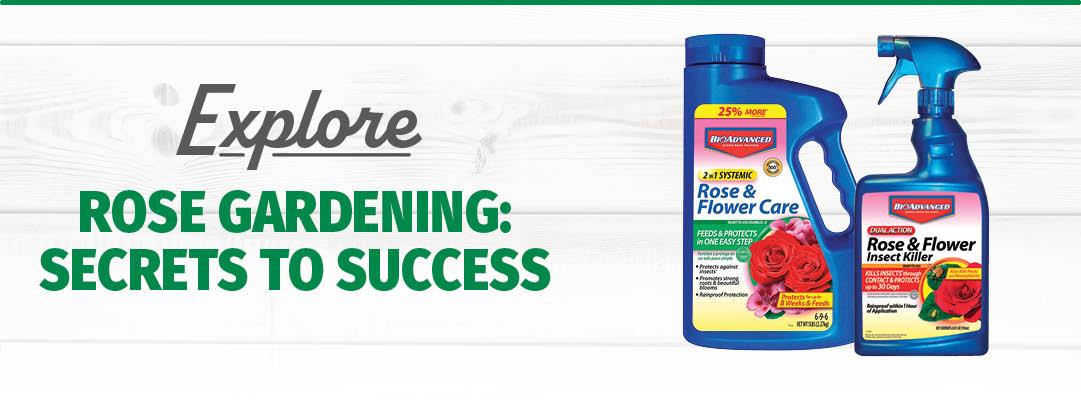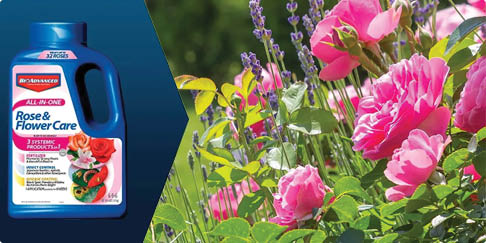Rose Gardening: Secrets to Success

Rose aficionados have tips and tricks by the dozen to grow the perfect bloom. Some swear by daily Beethoven serenades, while others brew alfalfa tea. Still other rose lovers credit their prize-winning blossoms to bananas. Sort fact from fiction, and discover which secrets are worth following.
How to Grow Roses: Fact or Fiction
Bananas
A dose of phosphorus promotes flowering. Many rose lovers count on banana peels to provide a bit of phosphorus to plants, using two to three skins weekly per rose plant. Put bananas to work for you with one of these methods:
- Chop banana peels and bury beneath a rose (in the area beneath leaves, but not against the stem). Dig carefully to avoid disturbing roots. Bury peels about 4 inches deep to outsmart digging critters.
- Pulverize peels in a blender, adding water if needed. Allow the solution to sit for 15 minutes. Apply directly to soil beneath a rose. Toss any solid residue onto your compost pile.
Beethoven
Some gardeners swear that music grows better plants – classical, country or rock 'n' roll. The idea is that plants grow in response to the vibrations that comprise musical tones. But don't invest in outdoor speakers yet. Research on this topic is inconclusive.
Alfalfa
Alfalfa provides solid nutrition to roses, supplying nitrogen, calcium, iron, phosphorus, and other nutrients, including a fatty acid known to promote plant growth. To care for rose bushes, work alfalfa meal or pellets into soil around the bushes (1 cup per large bush; one-half cup for miniature roses). You can also brew alfalfa tea by soaking alfalfa meal or pellets in water. Discover tips on making and using alfalfa tea from the American Rose Society.


How to Take Care of Roses: The Real Keys to Success
Even tips and tricks from rose enthusiasts will not help you grow the healthiest plants if you do not cover the basics. Hit these six simple must-haves for how to make roses grow bigger, and you will be on your way to growing the perfect rose:
- Site. Roses crave sun, at least six hours a day is ideal.
- Soil. Plant roses in rich, well-draining soil. When planting, mix organic matter, such as compost or ground bark, into excavated soil you will use to backfill the planting hole.
- Mulch. Add a 2-3-inch layer of coarse, organic mulch around roses. Coarse mulch helps reduce foliage diseases on roses because it reduces the amount of water splashing onto leaves (splashing water drops can spread fungal diseases).
- Water. Irrigate roses deeply but infrequently, applying water directly to soil using soaker hoses or drip irrigation. Water needs vary based on weather and soil, so check soil with your finger. Water often enough to create consistently moist soil – not overly wet, not bone-dry. To prevent diseases, keep foliage dry, especially if you must water late in the day.
- Inspect. Check roses frequently for insects or disease outbreaks. Catching problems early makes them easier to treat.
- Prune. Roses need regular pruning.
Article supplied by BioAdvanced

